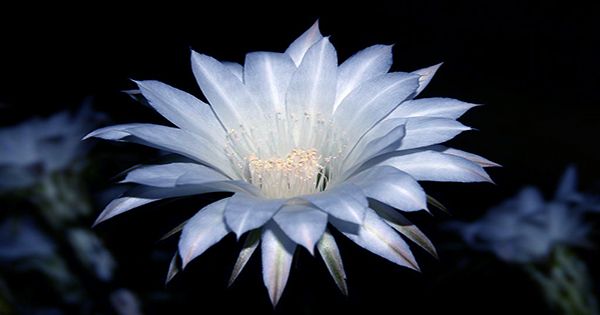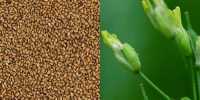A rare moonflower at the University Cambridge Botanical Gardens (CUBG) in the United Kingdom has blossomed for just one day in a significant flower event captured on camera. The blossoming event, which only takes place once a night for a particular species of Amazon cactus was broadcast live, and CUBG followed very quickly, drawing the attention of thousands of people around the world to the event that would eagerly await the day.
Said Beverley Glover, Director of the CUBG, in a statement, “We are absolutely overwhelmed the interest that our flower has generated. As garden scientists, botanists and horticulturists here, we all fascinated by plants, but it has been so heartwarming to see how our moonflower attracts hearts and interest! Many people around the world in.” This the first time that the rare flower of Selenicereus wittii has occurred in the United Kingdom and it is one of the only recordings in the world. Alex Summers, the caretaker of the glass house where the plant kept, was present on February 20 and described how it happened:
“In the morning we saw in the live stream that the bud sepals have started to divide and it was clear through lunch that it started much earlier than expected. GMT opens at around 1.40pm local time and at around 5pm on February 20th, when the flower is in full bloom, it usually catches a lot of guards and you can see incredibly rare flowers at the bottom to see how it unfolds.
“We are so excited that this rare cactus is blooming now – we’ve all been in suspense ever since we realized it was blooming so soon!” Everyone here at the Garden has been fascinated and I feel very lucky to have come here to experience it. “Summer Dr. As soon as the flowers bloomed, the air smelled like jasmine, summers explained, and after about 12 hours everything began to fade again, which brought with it very little pleasant smell, summer’s texts described as smelling like public toilets. Still, the CUBG team says there is still a lot to learn about these rare plants.
“There is relatively little known about the moonflower, so cultivating it here enables us to deepen our perception of it. I took a sample of a few tepals, which we will look under a microscope to analyze the size of the room. These currently refrigerated before they die completely and we will prepare cassettes from them to enable them to study, “Glover said. I am interested to know how the flower tube expands and how the tiny and stigma (that male and female reproductive structures) grow to the right length. I am also interested in discovering how the plant has developed various characteristics that make it fit for pollination by hawks. This will probably require access to multiple flowers so it can be a task for the plant when it blooms again next year.”
















